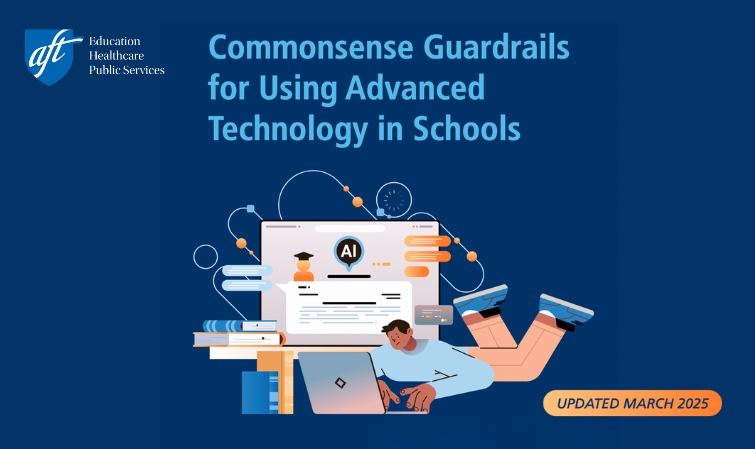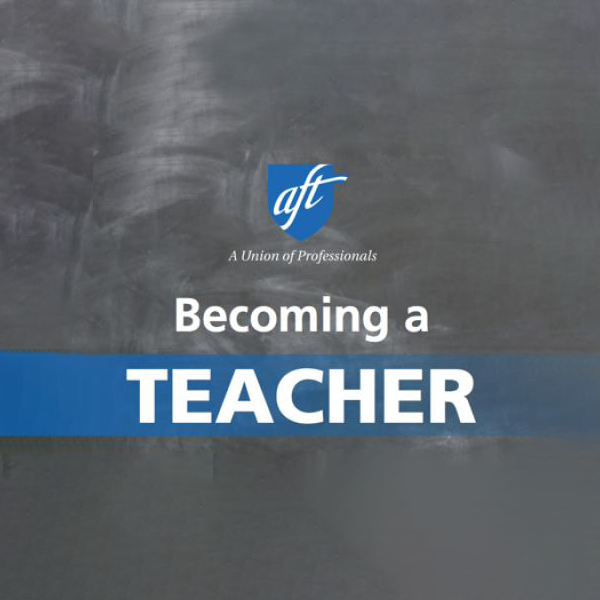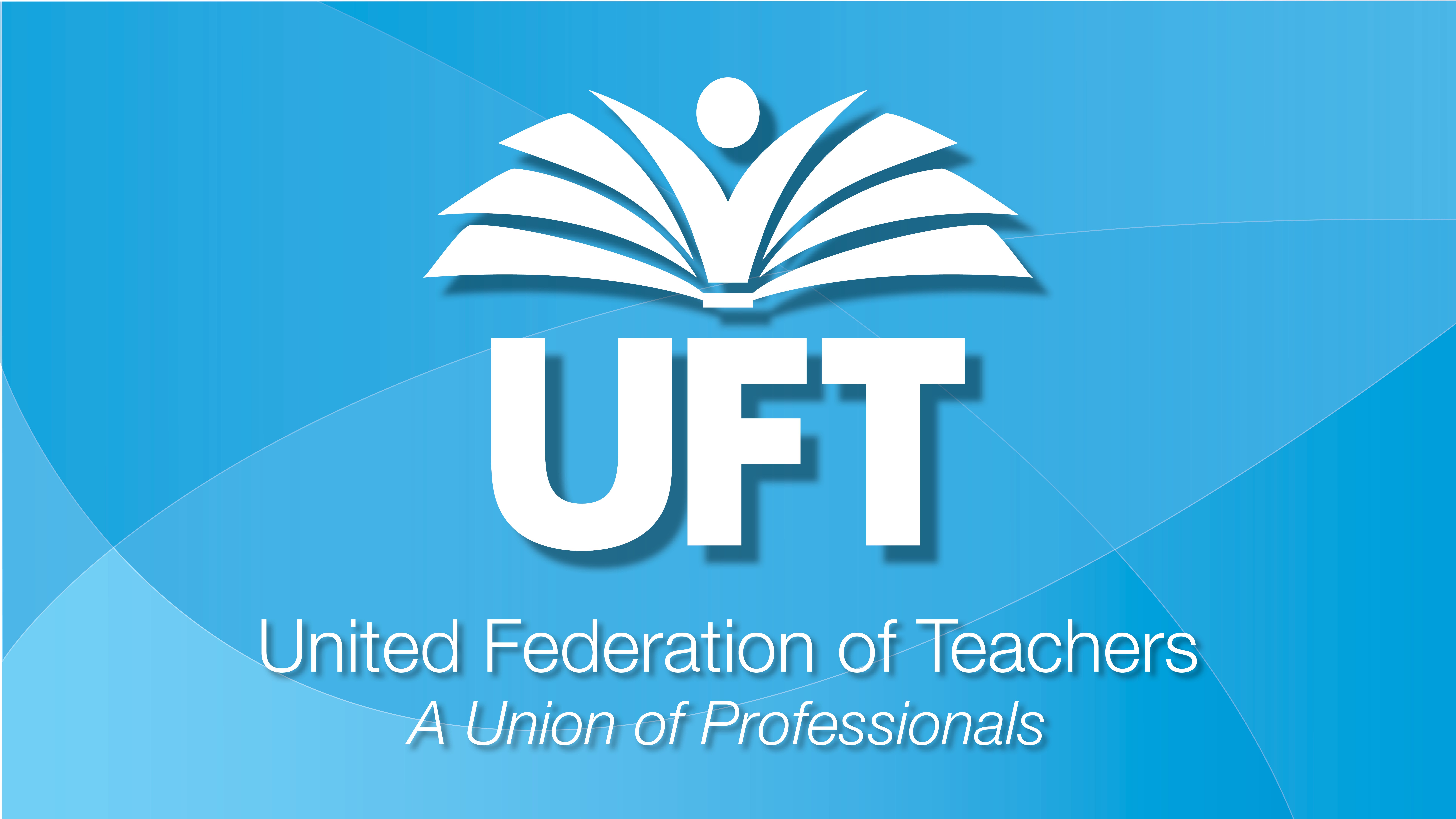About This Lesson
Updated March 2025
It’s a challenging time to be an educator in the United States. From pandemic disruptions and cultural conflicts to striving to help students recover academically and emotionally—all while being underpaid and working in inadequate conditions—teachers and school staff face continuous challenges. Now, they must also navigate the rapid rise of artificial intelligence (AI) in education without much guidance.
Given AI's potential benefits and risks, educators and policymakers must collaborate to use it safely and responsibly, reduce the digital divide, identify misinformation, and ensure technology supports rather than controls teaching. As education evolves, technology should create environments where students think critically, are engaged and joyful, and gain hands-on learning experiences essential for success in a tech-based world.
We must also equip teachers to use AI for tailoring instruction, reducing paperwork, and automating tasks like grammar corrections, allowing teachers to focus on evaluating students' arguments and analyses. The following guardrails explore how advanced technology can enhance education while addressing the associated challenges, offering a framework to help navigate AI in schools now and in the future.


















This is a great overview of the AFT AI Guardrails and a fabulous tool to begin AI discussions with teachers. I will be using it as an opening to AI conferences from now on!
Thanks - Kathy Torregrossa, Cranston, RI